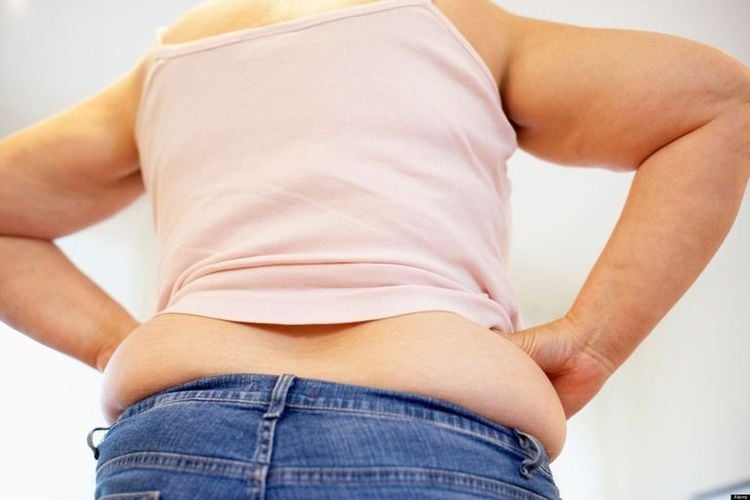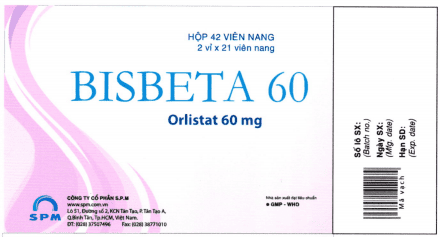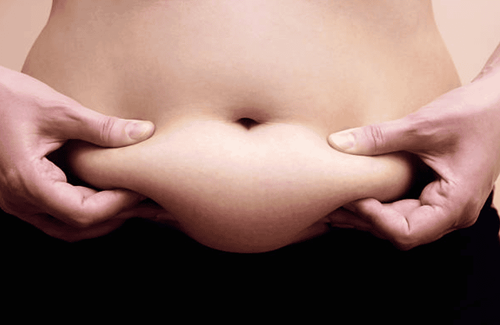This is an automatically translated article.
Belly fat is always an obsession of many people, especially women. Reducing belly fat in women is always a top need and receives a lot of attention. Find out why belly fat is more common after menopause and what to do about it?1. What does belly fat in women say?
The growing waistline is sometimes seen as a price to pay for the aging process. For women, this is especially true after menopause, when body fat tends to shift to the abdominal area. However, an increase in belly fat doesn't just make it difficult to wear nice clothes. Research shows that belly fat also carries serious health risks. However, the threats posed by belly fat can be prevented and mitigated. Weight is mainly determined by three main factors:Calories consumed in a day Calories burned through exercise Daily exercise Age If you eat too much and exercise too little, you are likely to carry around excess weight, including belly fat. In addition, muscle mass may decrease slightly with age, while fat tends to increase. Losing muscle mass also slows down how quickly your body uses calories, which can make it harder to maintain a healthy weight. Many women also notice an increase in belly fat as they age. even if they don't gain weight. This may be due to decreased levels of estrogen, which seems to affect the location of fat distribution in the body.

Mỡ bụng không chỉ gây mất thẩm mỹ mà còn tiềm ẩn nhiều vấn đề về sức khỏe
2. Why is belly fat more than what can be seen?
The trouble of belly fat isn't limited to the extra cushioning just under the skin (subcutaneous fat). Belly fat also includes visceral fat, which is located deep inside your belly, surrounding your internal organs. Although subcutaneous fat only causes cosmetic problems, visceral fat is related linked to much more dangerous health problems, including:Cardiovascular disease Type 2 diabetes Hypertension Abnormally high cholesterol Respiratory problems Research also shows that belly fat increases the risk of death early, regardless of body weight. In fact, several studies have found that even when women are considered normal weight based on standard body mass index (BMI) measurements, a large waist can still increase the risk of obesity. mortality from cardiovascular disease.
3. Measure your waistline
How to tell if you have too much belly fat? Measuring your waistline is a simple solution, follow these steps:Stand and place the tape measure around your belly, just above your hip bone. Remember to measure directly on skin, not wearing a shirt Pull the tape measure until it fits snugly around, but not against the skin. Make sure the tape measure stays level. Relax, exhale and measure your waistline. For women, a waist measurement greater than 89 cm indicates a high concentration of belly fat and a greater risk of health problems.

Tập thể dục là cách giảm cân hiệu quả và an toàn
4. Measures to reduce female belly fat
You can tone your abs with crunches or abdominal exercises, but doing these exercises alone won't help get rid of belly fat. However, visceral fat responds to the same diet and exercise strategies that help you lose weight and reduce total body fat. To reduce belly fat, the following measures should be taken:Maintain a healthy diet. Focus on plant-based foods, such as fruits, vegetables, and whole grains, and choose lean sources of protein and low-fat dairy products. Limit added sugars and saturated fats, found in meat and high-fat dairy products, such as cheese and butter. Instead, choose moderate amounts of monounsaturated and polyunsaturated fats, found in fish, nuts, and some vegetable oils. Replace sugary drinks. Replace them with water or drinks with artificial sweeteners. Reduce food intake. At home, portion sizes should be reduced. In a restaurant, share a meal or eat half of your meal and take the rest home. Keep physical activity in your daily routine. For most healthy adults, the Department of Health and Human Services recommends moderate aerobic exercise, such as brisk walking, at least 150 minutes a week or vigorous activity vigorous activity, such as running, at least 75 minutes a week. If you use a pedometer, remember that it takes an average of 10,000 steps per day to prevent weight gain. Some studies have shown that it can be possible to take 15,000 steps a day to prevent weight gain again after significant weight loss. Strength training exercises are also recommended at least twice a week. If you want to lose weight or achieve specific fitness goals, you may need to exercise more. To lose excess fat and prevent it from coming back, aim for slow and steady weight loss. Consult your doctor for help getting started and on track. These exercises are also effective in reducing belly fat after giving birth. Therefore, you can refer and apply to get back in shape soon after giving birth.
To have a beautiful and healthy body, women should actively apply abdominal exercises and maintain a healthy diet to bring the highest efficiency. Check out the Vinmec International General Hospital website for more information on age-appropriate exercises and lifestyles.
Please dial HOTLINE for more information or register for an appointment HERE. Download MyVinmec app to make appointments faster and to manage your bookings easily.













